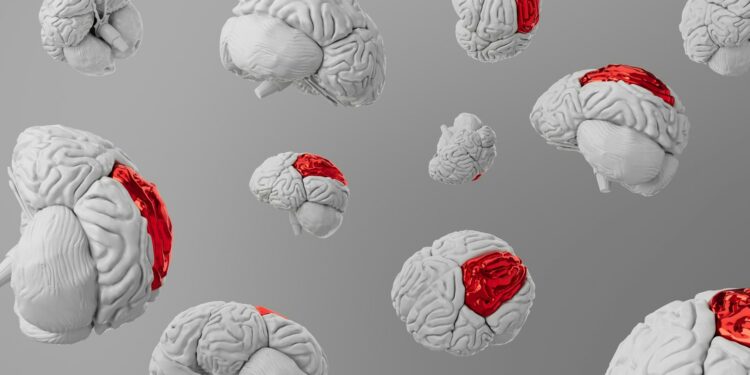The Surprising Solution To Fighting Alcoholism
Recent research indicates that weight-loss and diabetes medications, specifically glucagon-like peptide-1 receptor agonists (GLP-1), may offer significant benefits in addressing alcoholism and opioid addiction. According to a study published in the journal Addiction on October 17, individuals using these drugs—such as Ozempic, Wegovy, Mounjaro, and Zepbound—demonstrated a 50% lower rate of alcohol intoxication compared to those who did not take these medications. Additionally, the research found that the use of GLP-1 drugs was associated with a 40% reduction in opioid overdose incidents.
Led by Fares Qeadan, an associate professor at Loyola University Chicago, the research highlights the protective effects of GLP-1 drugs on individuals with substance use disorders. The study’s findings reveal a strong correlation between the use of these medications and reduced rates of intoxication and overdose, emphasizing their potential role in substance abuse treatment.
GLP-1 medications function by mimicking hormones released during food consumption, which helps stabilize blood sugar levels, reduce hunger, and slow down digestion. The brain areas influenced by GLP-1 are involved in addictive behaviors, suggesting that these drugs might also affect the neurological pathways associated with substance use disorders.
The study analyzed data from a substantial cohort, encompassing over 500,000 individuals with opioid addiction and 817,000 with alcoholism, collected from 136 U.S. health systems between January 2014 and September 2022. By examining the participants’ use of GLP-1 medications and tracking incidents of intoxication and overdose, the researchers could draw meaningful conclusions about the medications’ impact.
Overall, the findings present a promising avenue for developing new treatment strategies for individuals grappling with substance use disorders. The potential of GLP-1 drugs to mitigate the risks of alcoholism and opioid addiction underscores the need for further investigation into their therapeutic applications.

































Discussion about this post